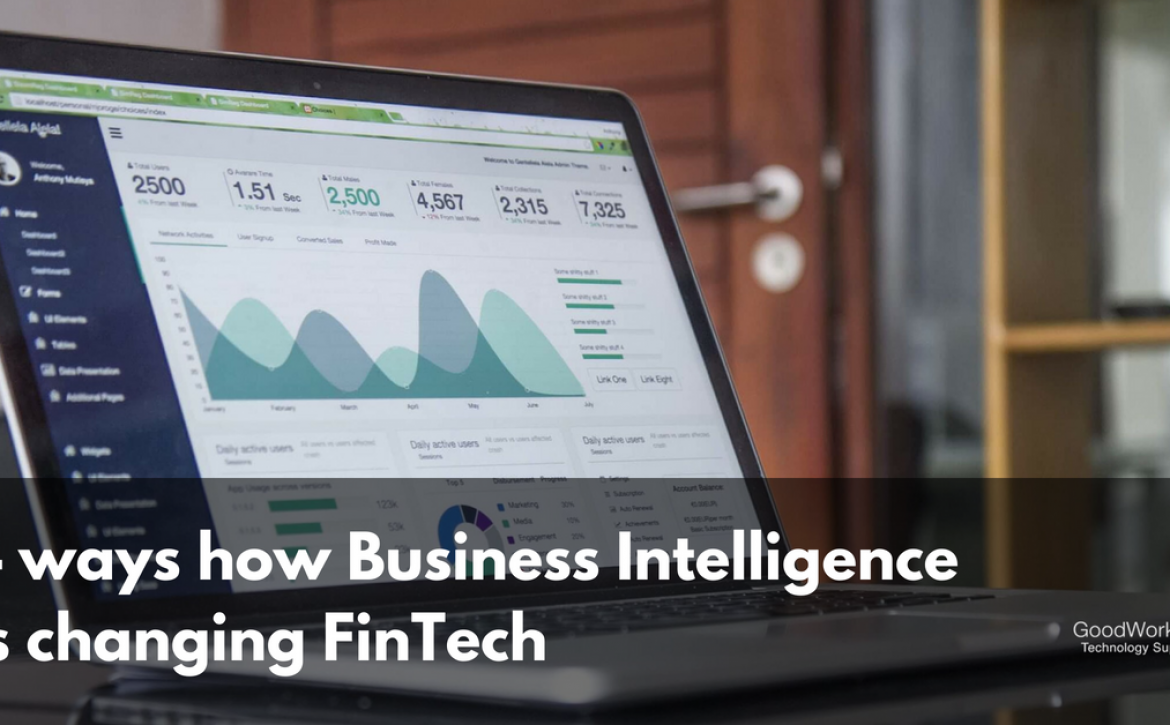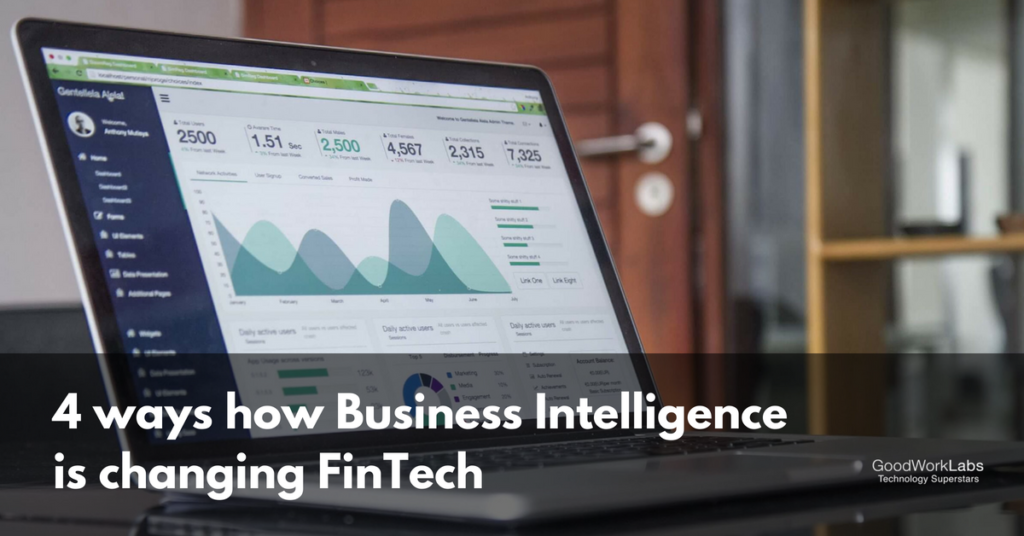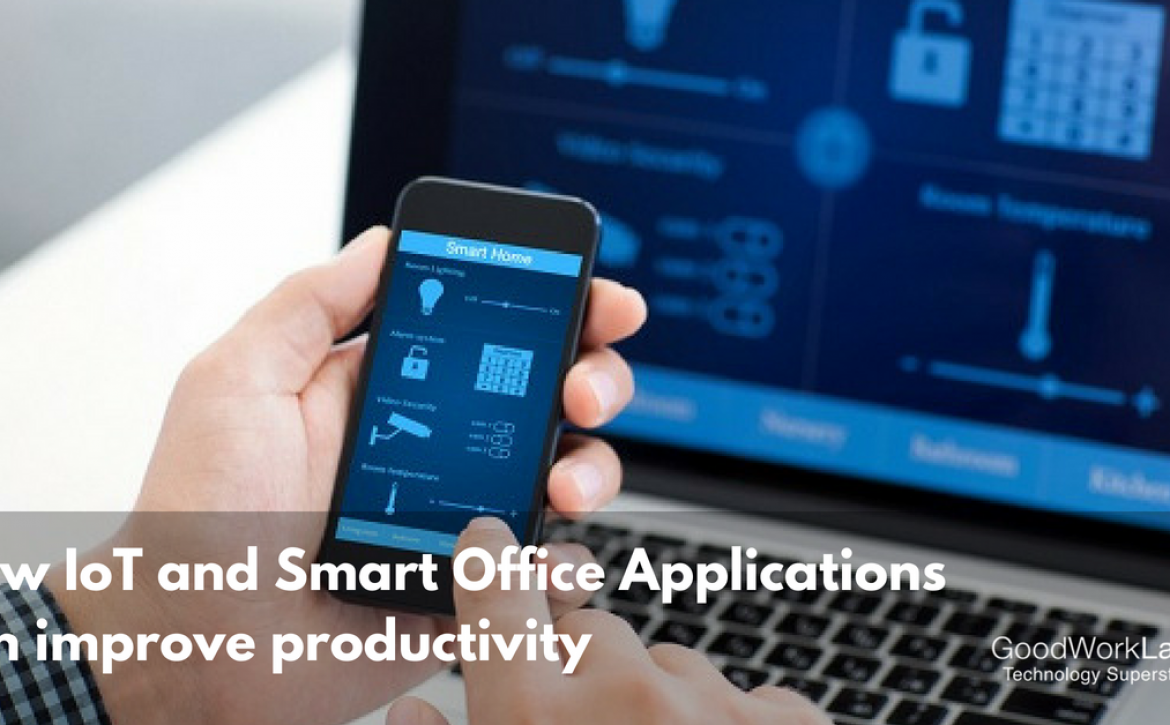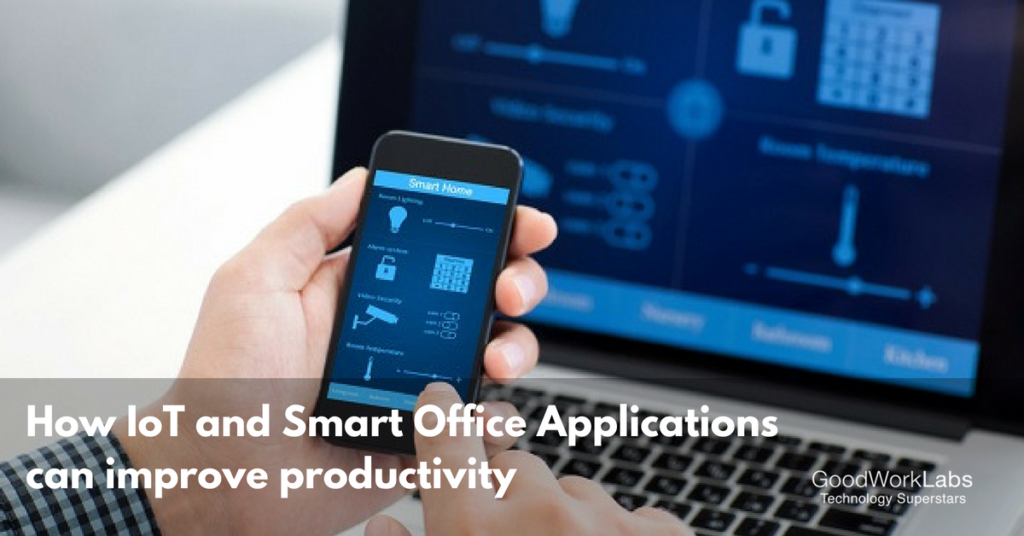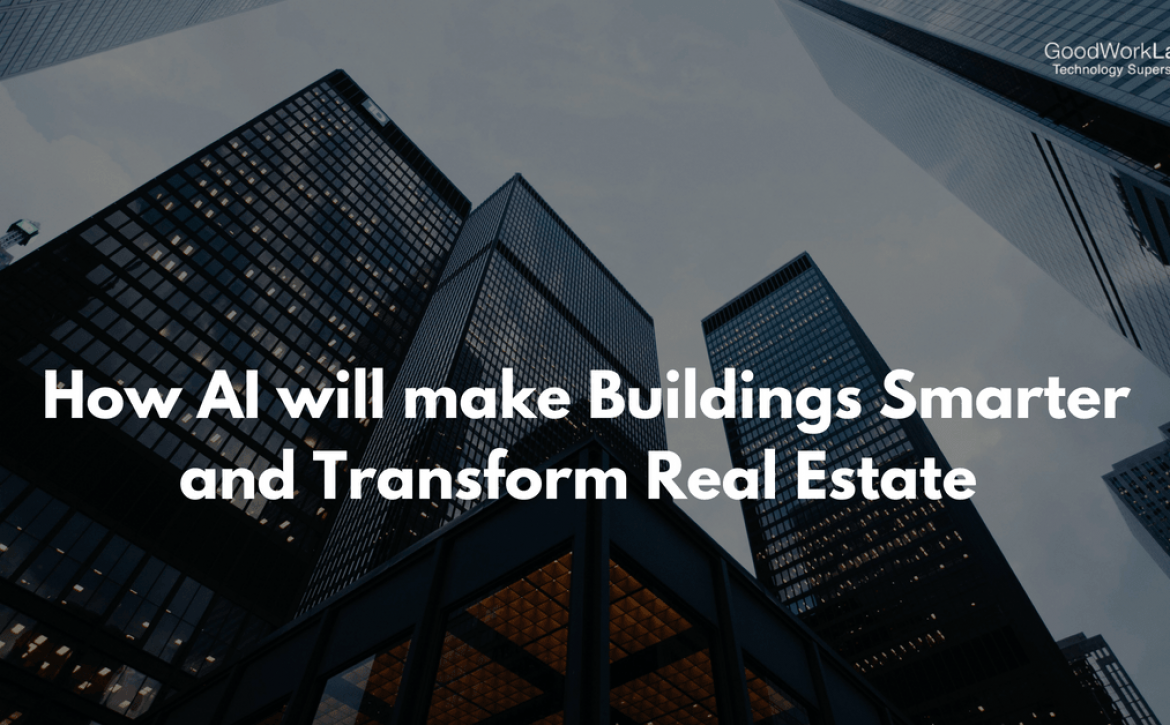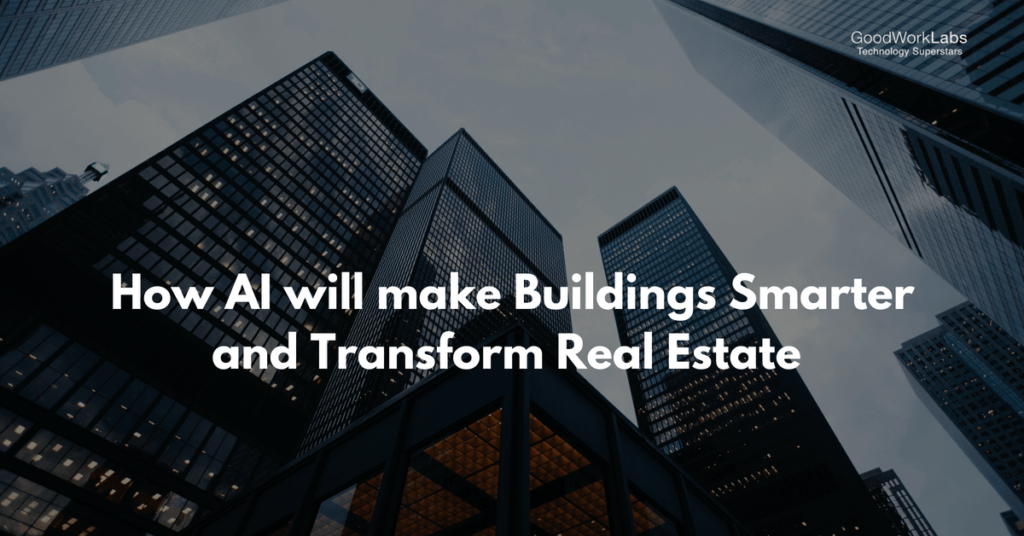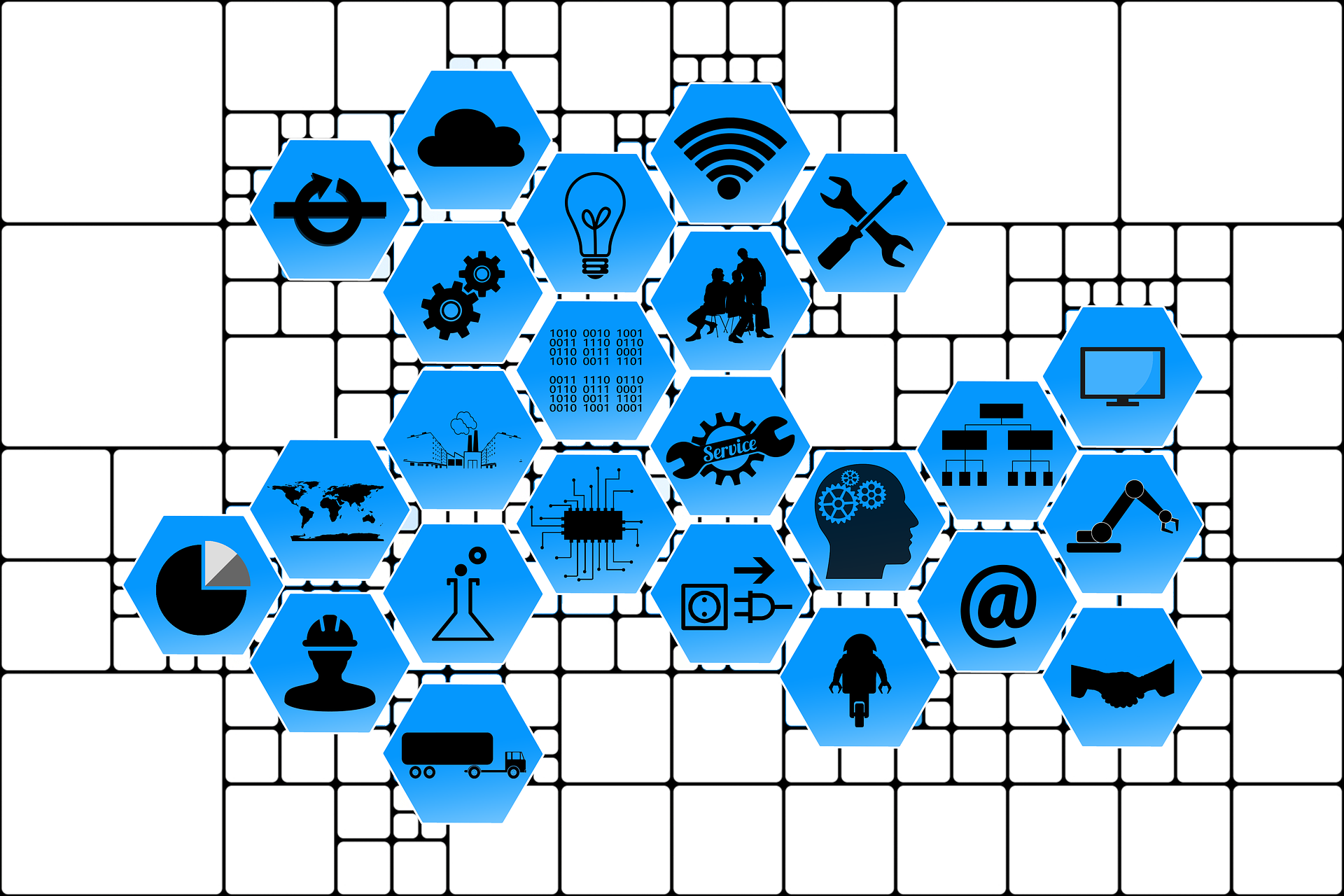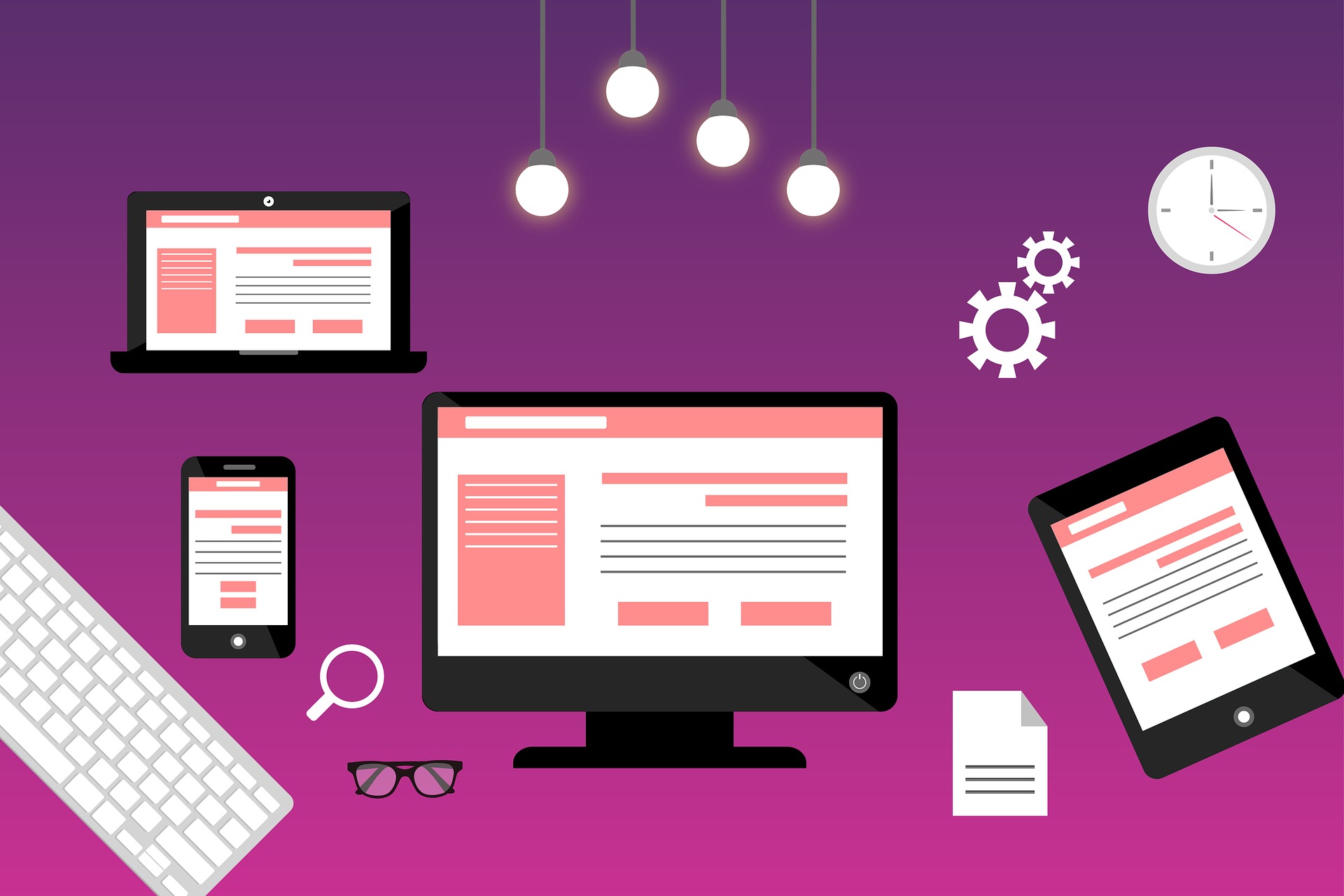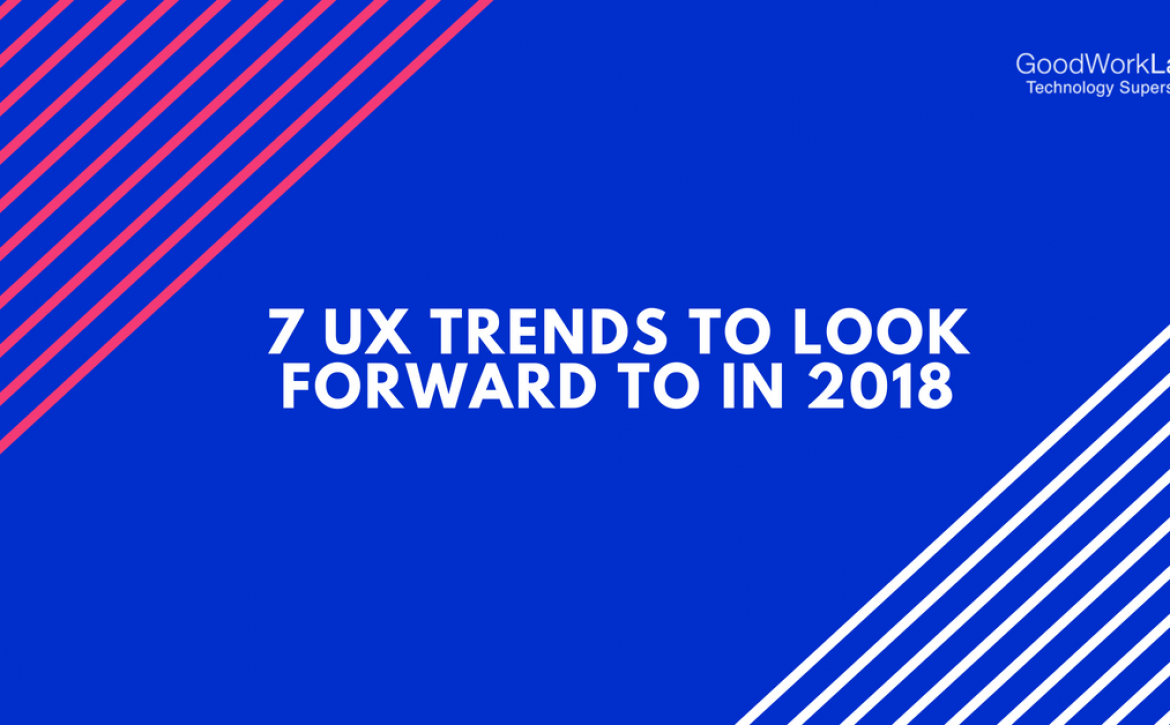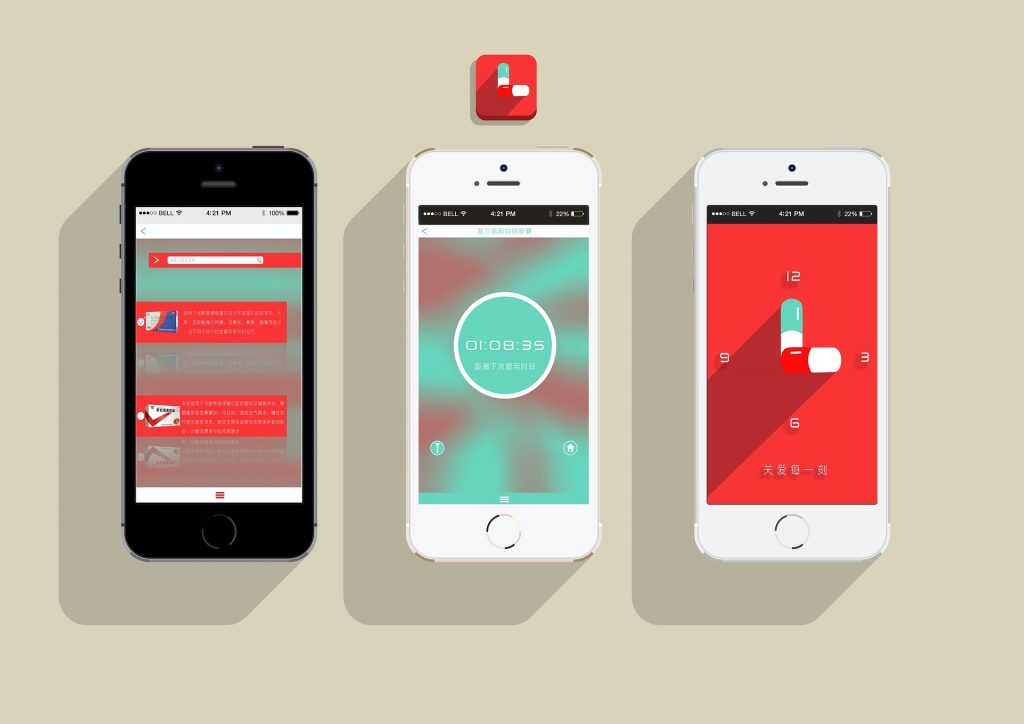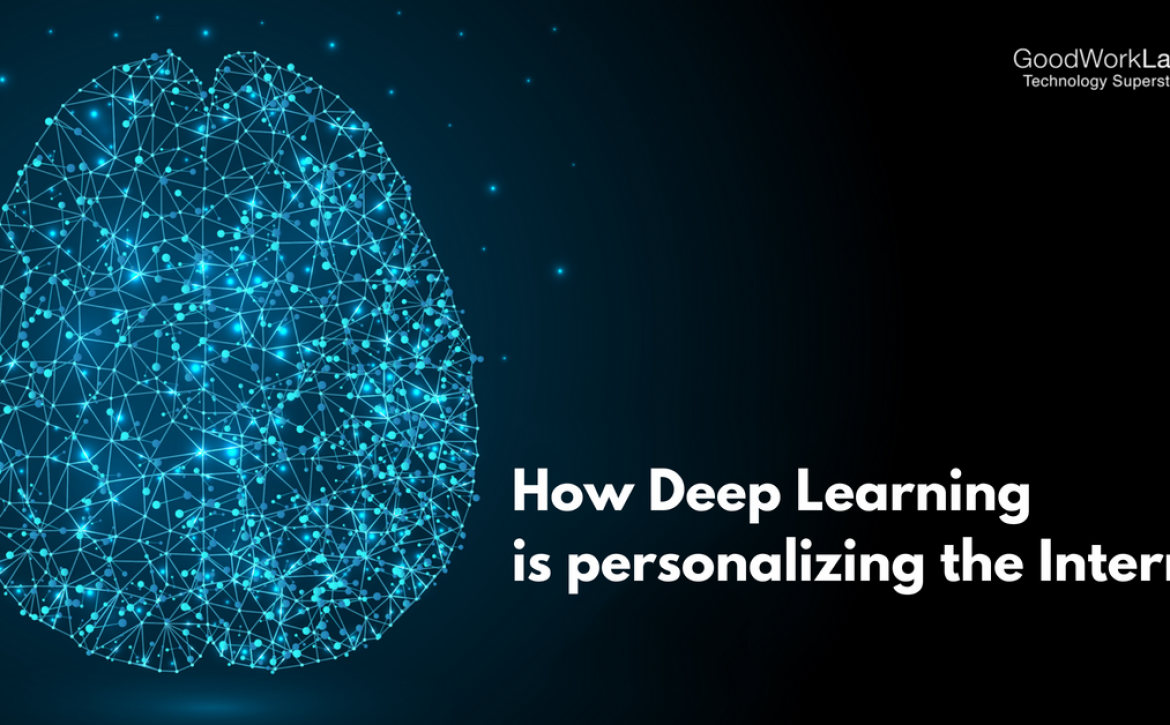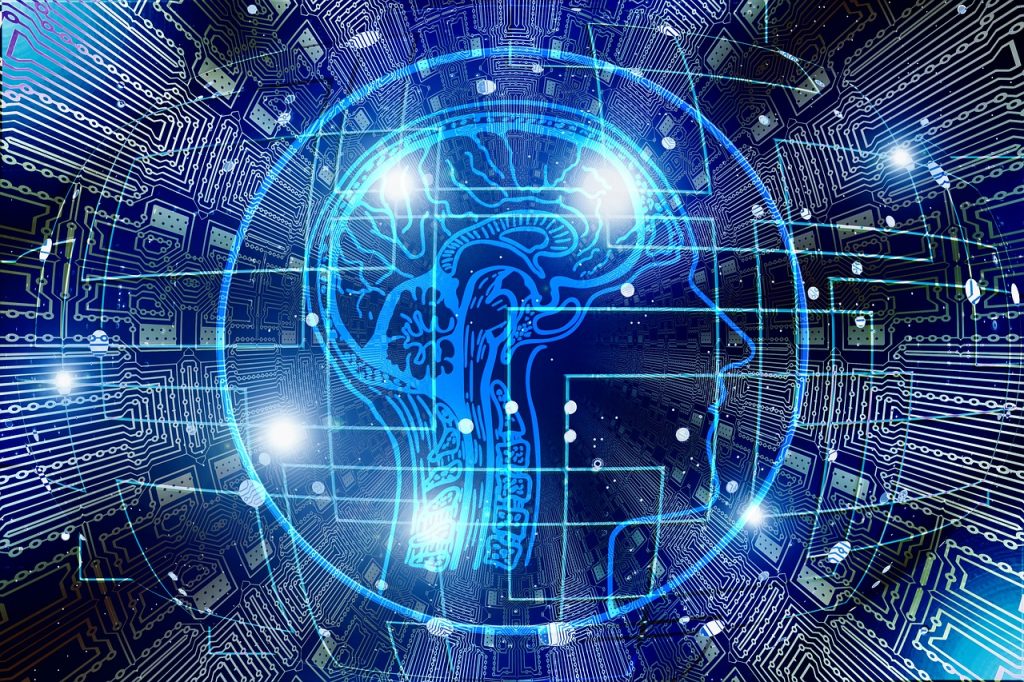Tips to Build an Effective Web Recommendation Engine Using Python
How to build a web recommendation system with Python
A recommendation engine plays a vital role in the content discovery and elevating the user experience. It allows users to get recommendations based on their previous searches and purchases as well as shows users what other customers have viewed or purchased.
You must have seen it in play when you are shopping online for a product. Here, it shows you what similar products are available in the marketplace in addition to the one you are currently viewing. It also features prominently in music apps. When you are looking up a song by a particular artist, it shows accurate recommendation of what you should listen next (based on genre, artist, mood, or album)
With recommendation systems proving to be useful for almost everything these days; Data developers, data scientists and, much large businesses are investing their time and funds in order to develop the most perfect recommendation systems. The best way to do this is through Python Machine Learning and artificial intelligence (AI).
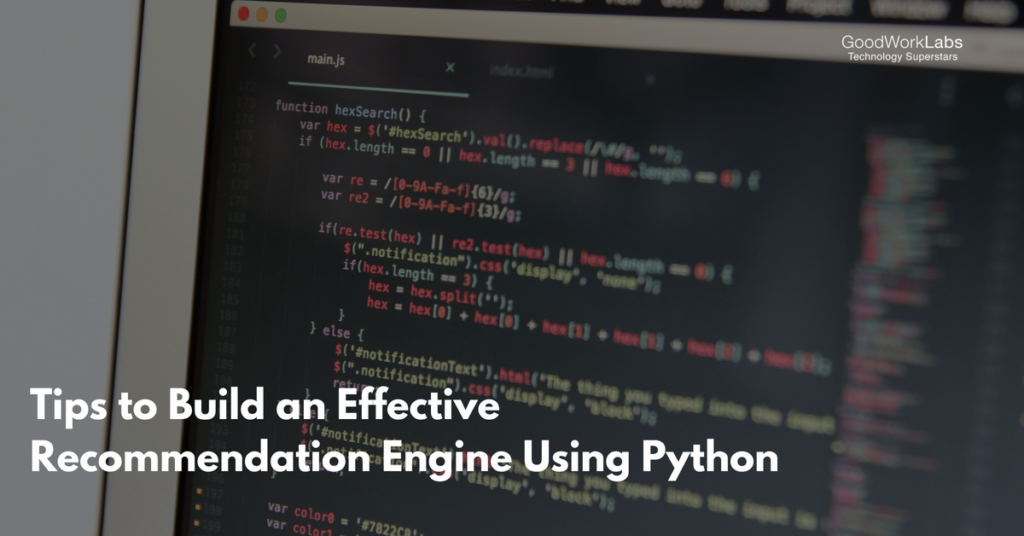
Why Python Machine Learning makes total sense?
The best way to build a recommendation system is to build Python machine learning. Python is the most popularly used system all over the world when it comes to predictive machine learning. Once you get a rough idea of its functionality, it can be used for real projects instead of having to learn an entirely new language. Having knowledge of Python system gives you a huge competitive advantage as a development agency.
More often than never, Python Machine Learning and AI go hand in hand. Python learning makes AI less intimidating and helps you build an accurate recommendation system for your business.
What type of recommendation engines are possible using Python?
Given below are the types of recommendation systems that python offers:
- Collaborative algorithms: This system generates output using crowdsourced output. It gives recommendations based on user behavior and then finds similarities between user preferences.
- Content-based algorithms: This system gives suggestions on similar items that the user has searched for in the past.
- Hybrid recommendation algorithms: This system combines both collaborative and content-based approach, which have been derived from sparse information.
Now that you are aware of the types of recommendation systems, it is time to get started on creating your own. The most important step in creating a recommendation system is to download authentic python libraries and set up an appropriate work environment.
It is highly recommended to download Anaconda onto your machine. There are other machine-learning applications that will need to be set up and configured. These include NumPy and SciPy. If you need a plotting library then you can download MatPlotLib,
Finally, you need a robust machine learning library in order to carry out various functions like classification, clustering, and regression. For this, SciKit-Learn works well with Python programming language.
The reason why many developers prefer to use Anaconda is that, in one shot, it setups and make available all of these libraries for you. In addition, it integrates close to 200 other useful Python libraries along with the appropriate programming IDE.
Using the k-nearest neighbor classifier, you can easily work with Python Machine Learning to create your own recommendation system.


